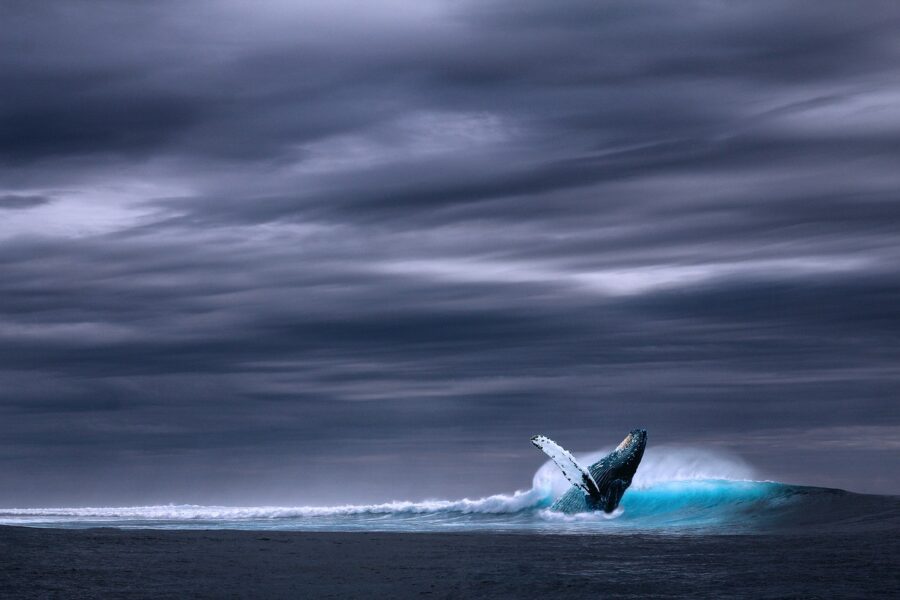The Biggest Animal In History Discovered?
Science Alert reports that researchers in the Peruvian desert have discovered the remains of what may very well be the biggest animal we’ve ever seen. The animal in question, a whale named Perucetus colossus (P. Colossus), has an estimated weight that could be up to a whopping 340 tonnes. Until these 39-million-year-old bones were discovered, experts operated under the assumption that blue whales were considered to be the heaviest animal to have ever lived, but this new evidence suggests otherwise.
For context, the heaviest blue whale (Balaenoptera musculus) that scientists have had on record up to this point in time weighed in at nearly 200 tonnes. For more context, 200 tonnes equals roughly 33 elephants. In other words, if paleontologists are proven correct in their calculations, then the blue whale will be dethroned as the biggest animal, and P. colossus will take its place as the biggest animal in recorded history.
Not only would P. colossus be recorded as the biggest animal that we’ve discovered, it would be by a pretty wide margin. The staggering size of P. colossus is crazy to wrap your head around, but the world, and the ocean was a very different place 39 million years ago.
The prevailing theory about how the world’s biggest animal even existed takes us to the middle of the Eocene, which was part of the Tertiary Period in the Cenozoic Era (54.8 to 33.7 million years ago). The Eocene boasted the perfect living situation for massive animals like P. colossus, and would have provided plenty of krill and other small sea creatures for the whale to consume.
If this theory holds true, then we could reasonably assume that P. colossus would have lived most of its days in a coastal habitat, in shallow waters near the seafloor.
Given the historical timeline of P. Colossus’ existence, it makes sense that the bones of the biggest animal are dated from around the time the Eocene was coming to an end, which marks the decline of the species (basiloaurids) due to a decrease in temperature.

Though the weight of the biggest animal would have proven useful for maintaining its internal temperature before the decline of the Eocene, the climate had other things in mind, and even the most massive of whales would not survive through such a drastic climate change.
To truly confirm that P. Colossus is in fact the biggest animal, researchers may need to continue digging for some answers. At the time of this writing, the whale’s estimated weight was calculated based on the finding of 13 vertebrae, four ribs, and part of a hip bone. So not only do we have an incomplete picture of P. Colossus based on the evidence we’ve found, the current research suggests that this particular specimen may not have even been fully grown.
As we continue to look backward and unearth more fossils, there’s no knowing if P. colossus is in fact the biggest animal, or if there are other ancient mammals that boast an even larger size from the same time period. For the time being, however, it looks like we have a new heavyweight champion.












